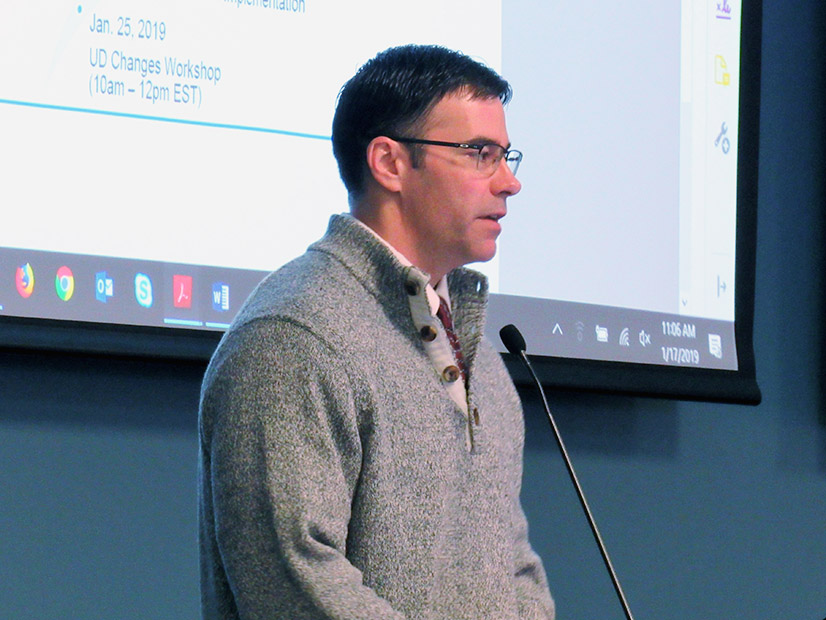MISO has been framing load-modifying resources (LMR) this summer as necessary to access its demand response fleet during operating emergencies, de-emphasizing the emergency protocols the RTO must enact before deploying them.
Speaking during a Reliability Subcommittee teleconference Thursday, MISO’s Jason Howard said the use of LMRs will probably become “the new normal” within the footprint. Since 2016, MISO has experienced a substantial rise in the frequency and severity of generation emergencies.
Howard said intensifying weather events paired with additional gigawatts of wind and solar resources coming online within the next three years will make demand response’s use even more ubiquitous.
“There are definitely things that make managing the reliability margins very challenging,” Howard said. “Having to step into that max gen step 2A for demand response will become more of a normal occurrence as we face tight operating conditions.”
J.T. Smith, MISO’s senior director of operations planning, agreed. “Those are the resources that are provided to us and, unfortunately, we have to be in an emergency to access them,” he said.
Smith said despite multiple hot weather and capacity advisories issued in July, the grid operator hasn’t had to enter emergency procedures since a brief declaration on June 10 for the North and Central regions. (See “MISO Defends June Emergency Declaration,” MISO Market Subcommittee Briefs: July 8, 2021.)
“Luckily, we haven’t had to move past that because the fleet has responded well and we’re out of [maintenance] outage season,” he said.
Customized Energy Solutions’ Ted Kuhn asked whether MISO is considering limiting the number of emergency-only resources that can clear the capacity auction.
WEC Energy Group’s Chris Plante, chair of the Resource Adequacy Subcommittee, asked stakeholders to provide feedback during future meetings on the possible saturation of emergency-only resources.
Stakeholders asked whether thermal generation retirements and renewable growth is driving up demand response use.
“I have a theory, and it’s not necessarily proven, but we’re seeing thermal retirements replaced with smaller natural gas plants and other energy resources, and it just drives us to a point where when that capacity is needed, it just drives us to that usage,” Smith said.
A decade ago, he said, MISO had available capacity well above its reserve margin requirements. Today, the grid operator simply works with tighter margins, Smith said.
MISO Executive Director of Systems Operations Renuka Chatterjee said it was expected that MISO would use its demand response fleet to manage summer heat. She said the RTO considers the LMR fleet as the capacity that members have made available to the grid operator.
“We will be using all of the capacity that’s available to us to continue delivering energy this summer,” Chatterjee said during the Entergy Regional State Committee meeting on July 20.
MISO averaged an 83.4-GW load in June and peaked at 112.2 GW on June 11, a day after the June 10 maximum generation event.
Howard said an unusually hot weather pattern encased much of the North and Central regions in the days leading to the event. He also said 22 GW of non-planned outages was the “primary contributor” to the tight conditions. In addition to forced and lingering generation maintenance outages, Howard said capacity dropped with high transmission congestion and lower-than-anticipated wind production.
Howard said that during the event, the RTO was granted a temporary 250 MW increase to the 2,500-MW South-to-Midwest transfer limit so that resources in MISO South could provide additional support northward.

